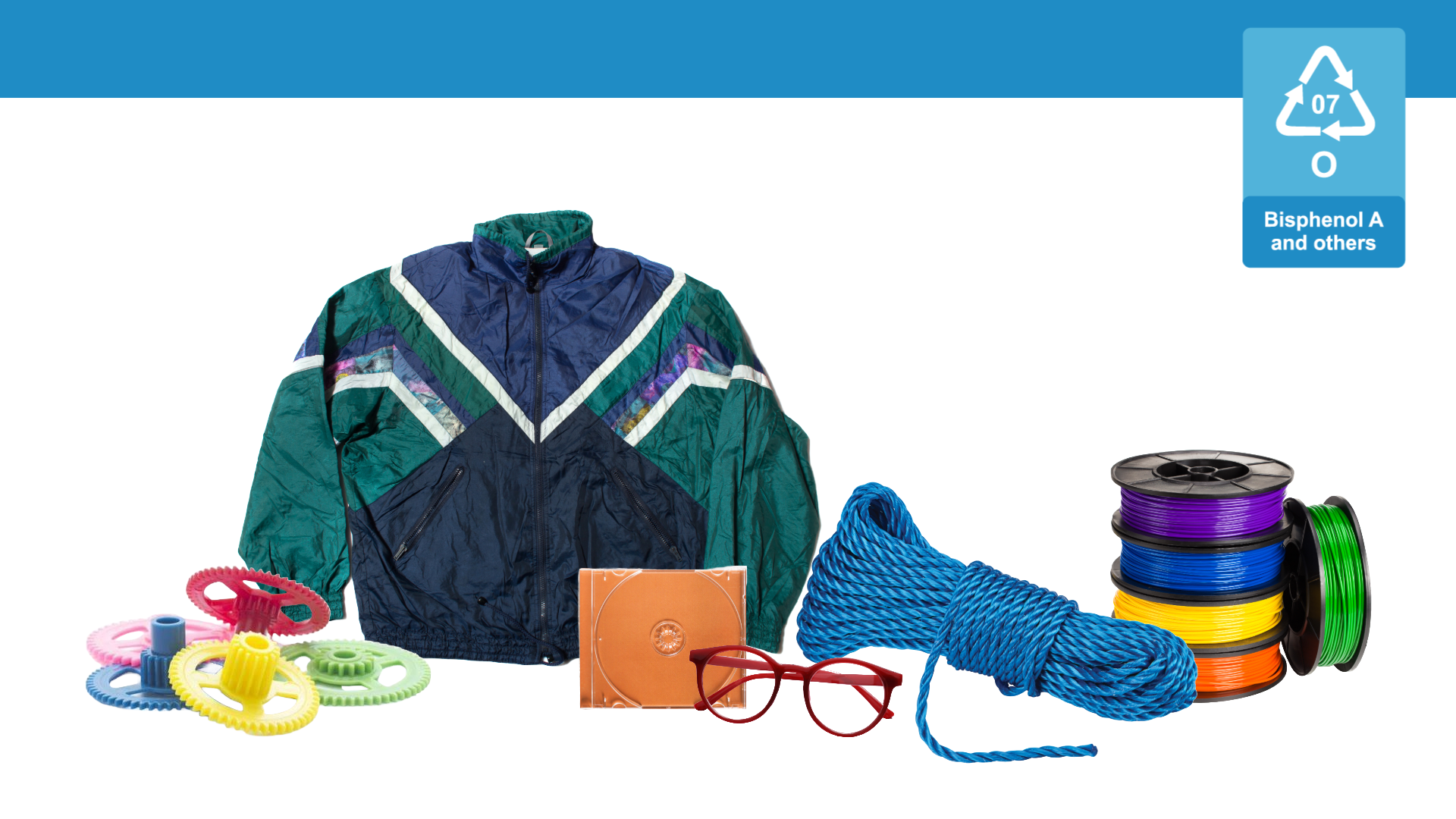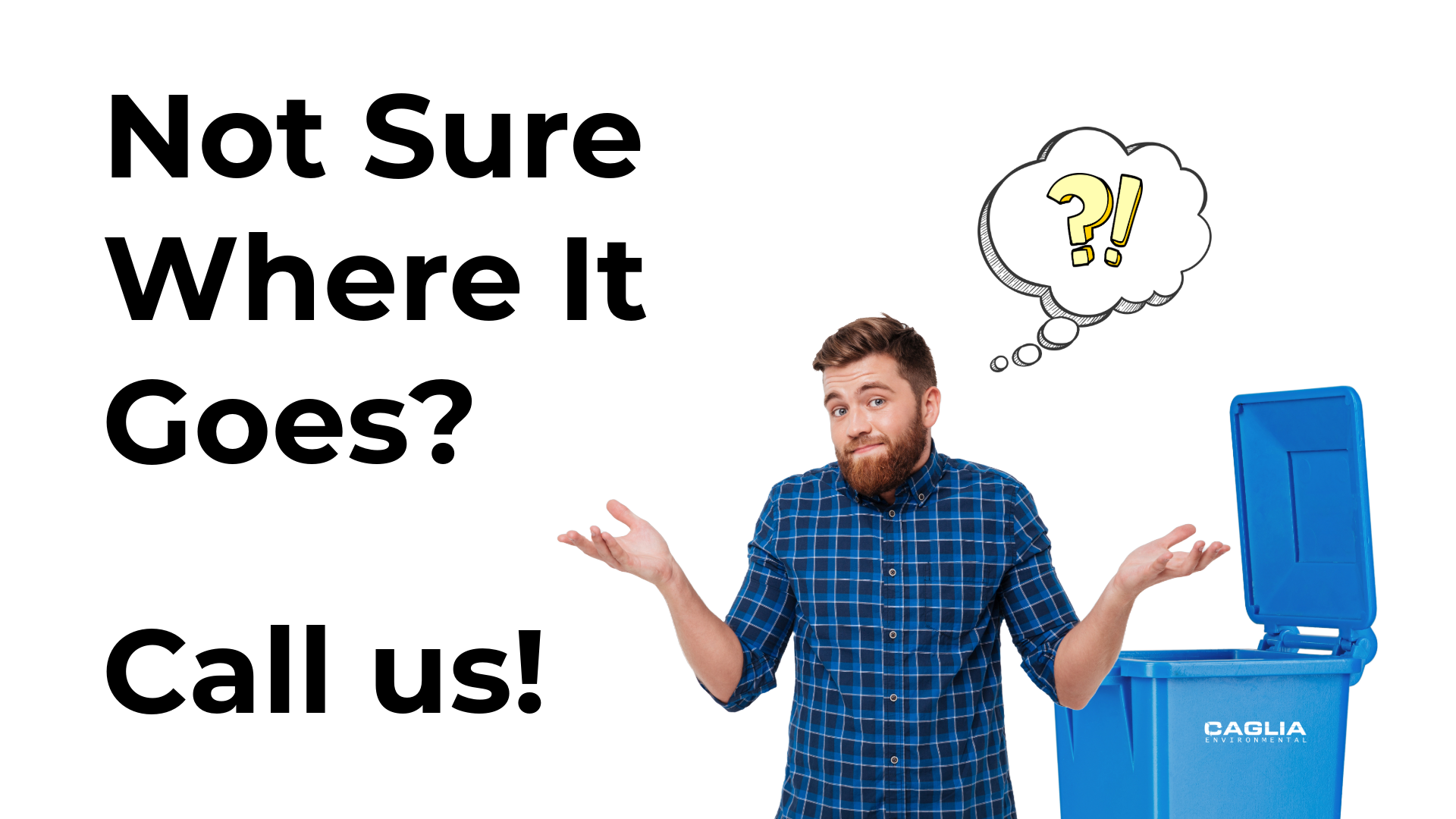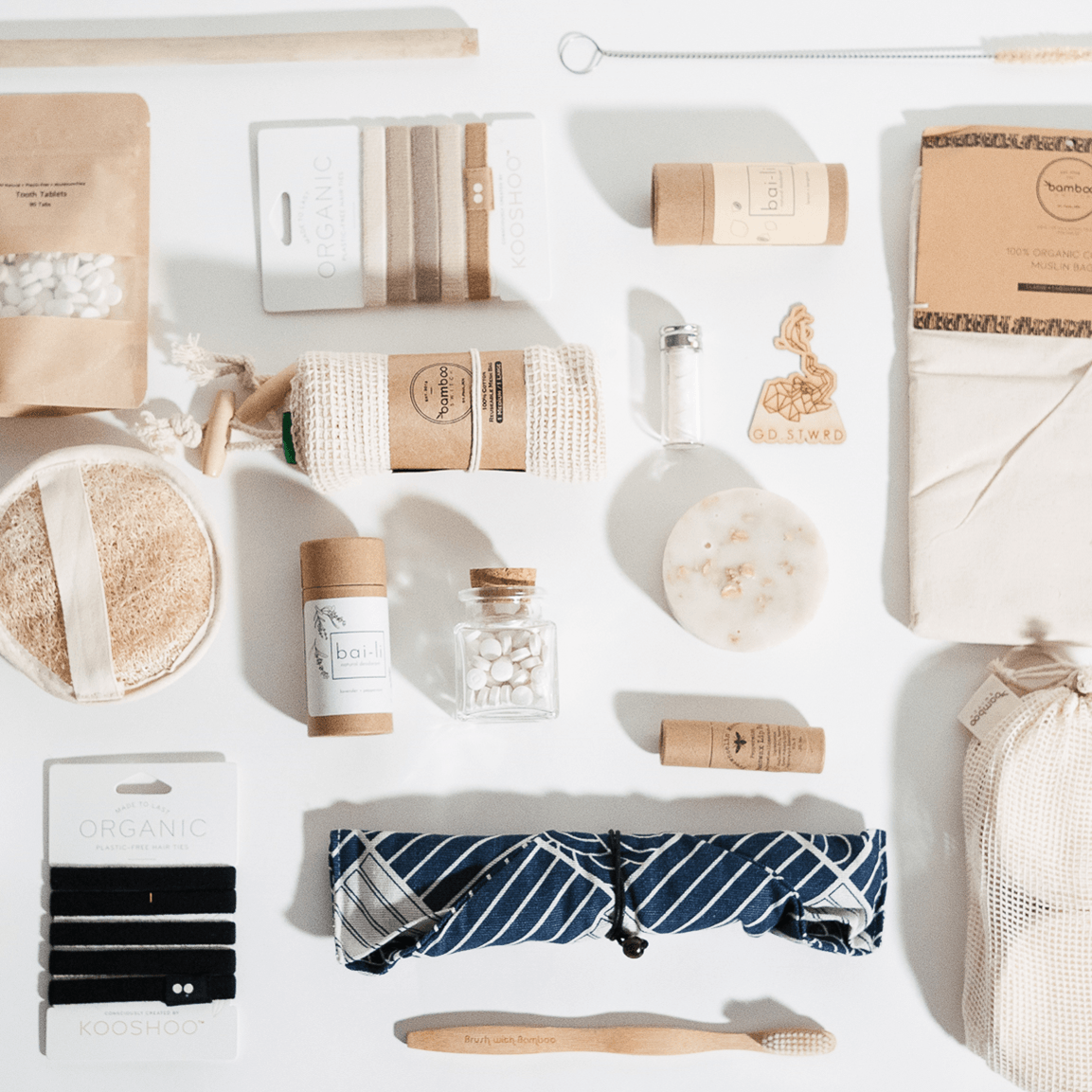THE 7 TYPES OF PLASTIC
While it's important know the types of plastics and how to recycle them, we believe that it is more important to cut down on the use of plastic products to begin with. Avoiding disposable plastics products and opting for reusable alternatives is the best option.
ARE ALL PLASTICS RECYCLABLE?
THE SHORT ANSWER IS NO.
Many products with a recycling logo or label are not actually recyclable in your curbside containers. Not all plastics with the same code are recyclable in the same way. This can get confusing for the average consumer.
Plastics are classified into different types based on their chemical composition and properties. The seven main types of plastics are identified by resin identification codes, which are typically marked on plastic items with a number inside a recycling symbol.
Here's a detailed outline of each type:
- PETE/PET
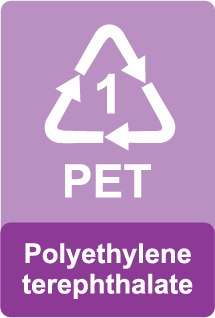
PET (Polyethylene Terephthalate):
- Chemical Structure: Consists of polymer chains of ethylene glycol and terephthalic acid.
- Characteristics: Transparent, lightweight, and strong. It's commonly used for single-use beverage bottles and food packaging. PET is highly recyclable and can be used to produce polyester fibers for clothing.
DOES IT GO IN MY BLUE RECYCLING BIN?
YES
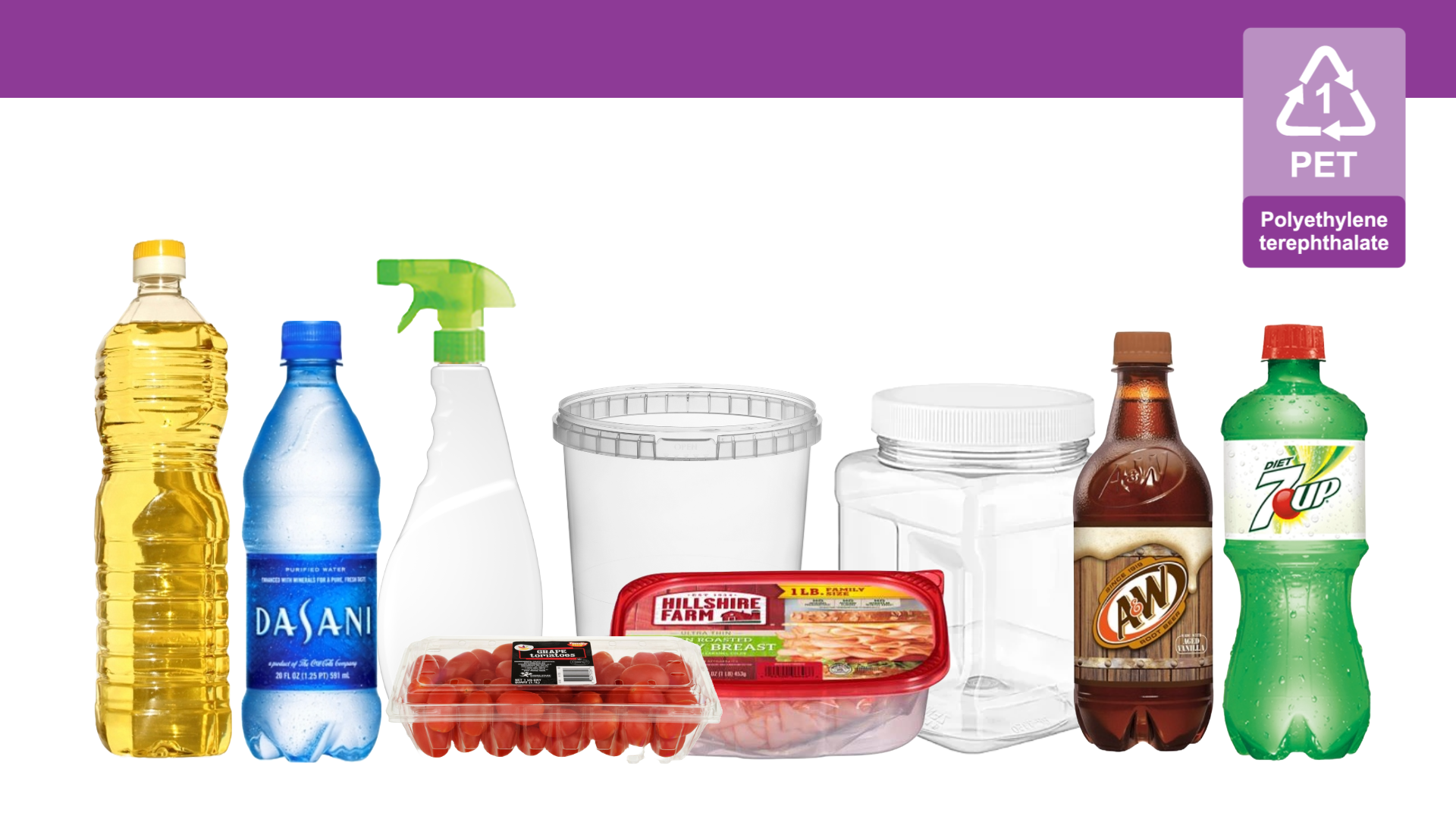
2. HDPE
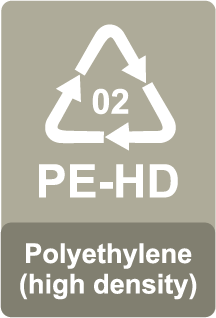
HDPE (High-Density Polyethylene):
- Chemical Structure: Composed of ethylene monomers.
- Characteristics: Sturdy, opaque, and resistant to chemicals. HDPE is used for a wide range of applications, including milk jugs, detergent bottles, plastic bags, and toys. It is known for its recyclability and is often used in products requiring durability.
DOES IT GO IN MY BLUE RECYCLING BIN?
YES
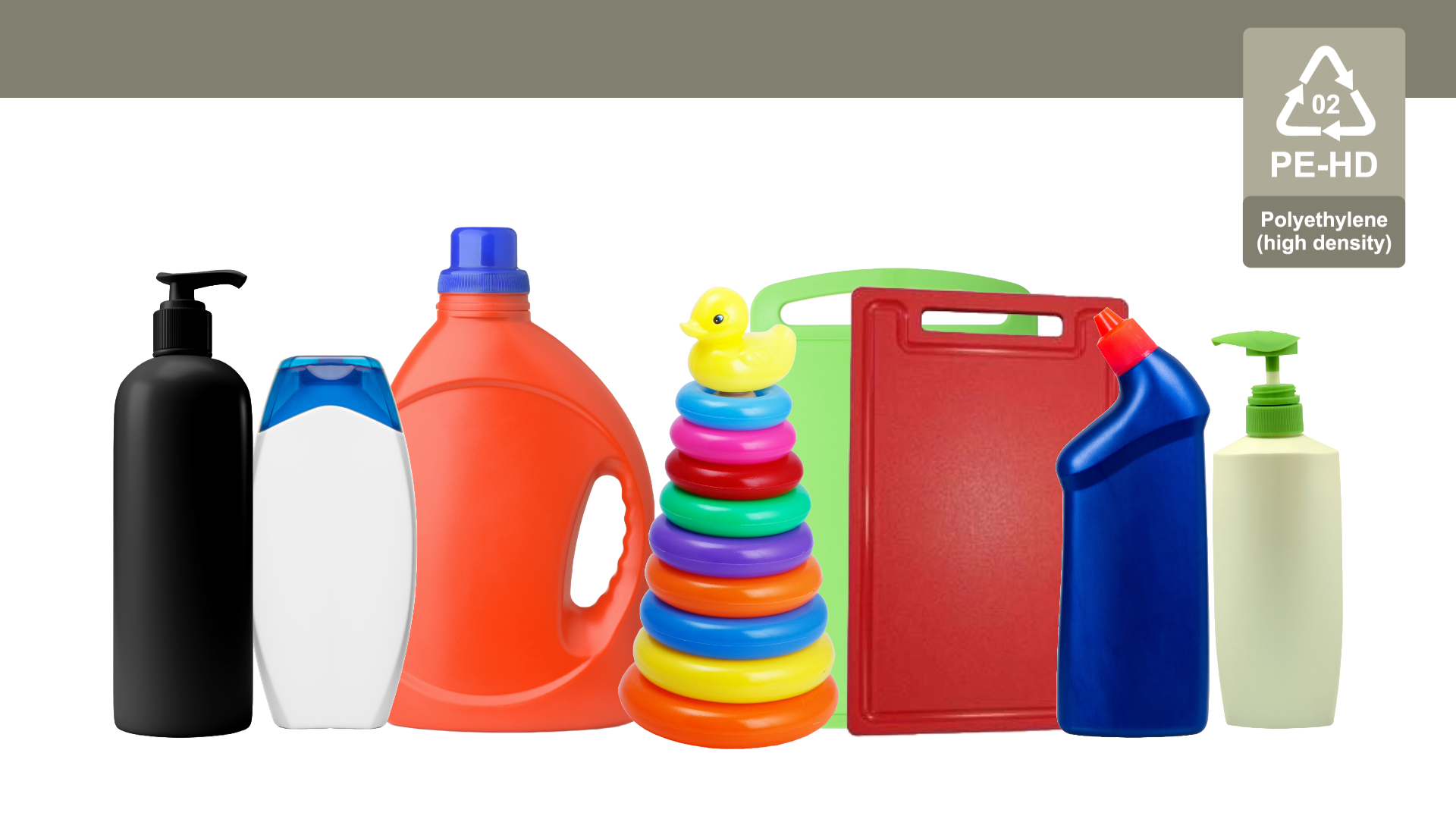
3. PVC
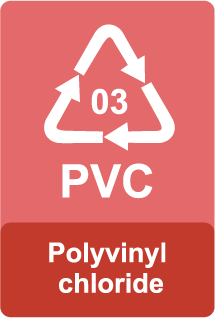
PVC (Polyvinyl Chloride):
- Chemical Structure: Made from vinyl chloride monomers.
- Characteristics: Durable, versatile, and can be rigid or flexible. PVC is used for pipes, cable insulation, clothing, bags, and inflatable structures. However, it may contain additives like phthalates, which can raise environmental and health concerns.
DOES IT GO IN MY BLUE RECYCLING BIN?
NO

4. LDPE
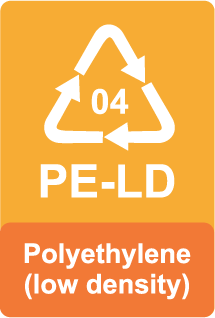
LDPE (Low-Density Polyethylene):
- Chemical Structure: Composed of ethylene monomers with branching.
- Characteristics: Flexible, lightweight, and resistant to moisture. LDPE is commonly used for plastic bags, six-pack rings, squeeze bottles, and various containers. While it is technically recyclable, it's less commonly recycled than some other plastics.
DOES IT GO IN MY BLUE RECYCLE BIN?
NO

Plastic bags, film, and wraps can be recycled at your local grocery or hardware store such as Lowes, Whole Foods, Sprouts, Winco, Vons, Walmart, Target, and Home Depot.
5. PP
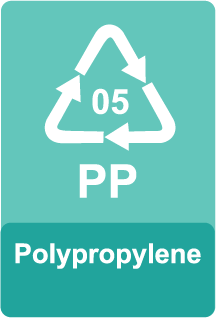
PP (Polypropylene):
- Chemical Structure: Consists of propylene monomers.
- Characteristics: Tough, heat-resistant, and versatile. PP is used for bottle caps, yogurt containers, packaging, and automotive parts. It is known for its ability to withstand high temperatures and is widely recycled.
DOES IT GO IN MY BLUE RECYCLE BIN?
YES
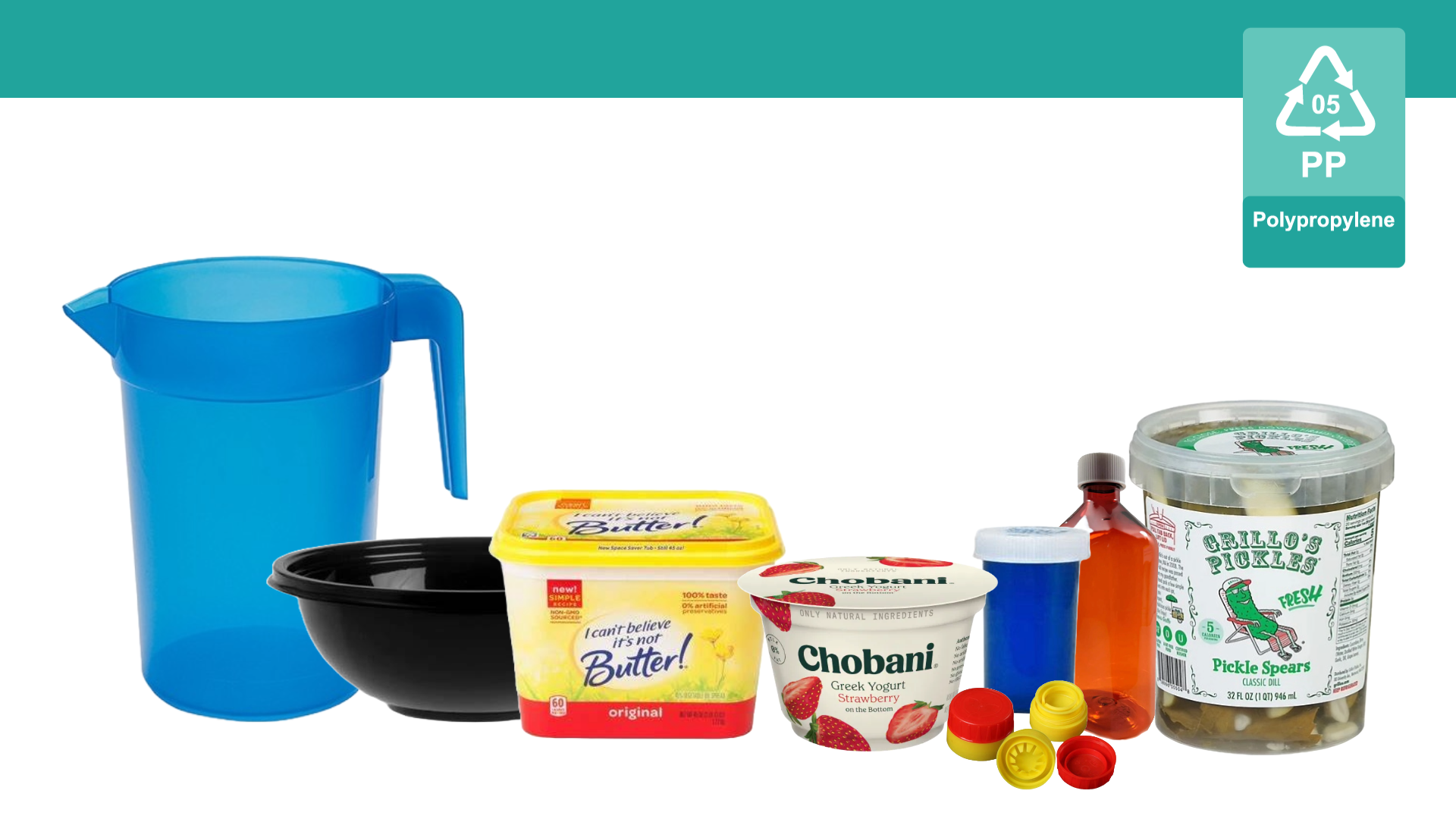
6. PS
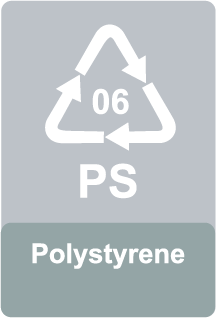
PS (Polystyrene):
- Chemical Structure: Composed of styrene monomers.
- Characteristics: Lightweight, rigid, and often used for disposable items. PS is used in products like Styrofoam, disposable cutlery, CD cases, and packaging materials. It can be problematic for the environment, especially in the form of expanded polystyrene (EPS).
DOES IT GO IN MY BLUE RECYCLE BIN?
NO
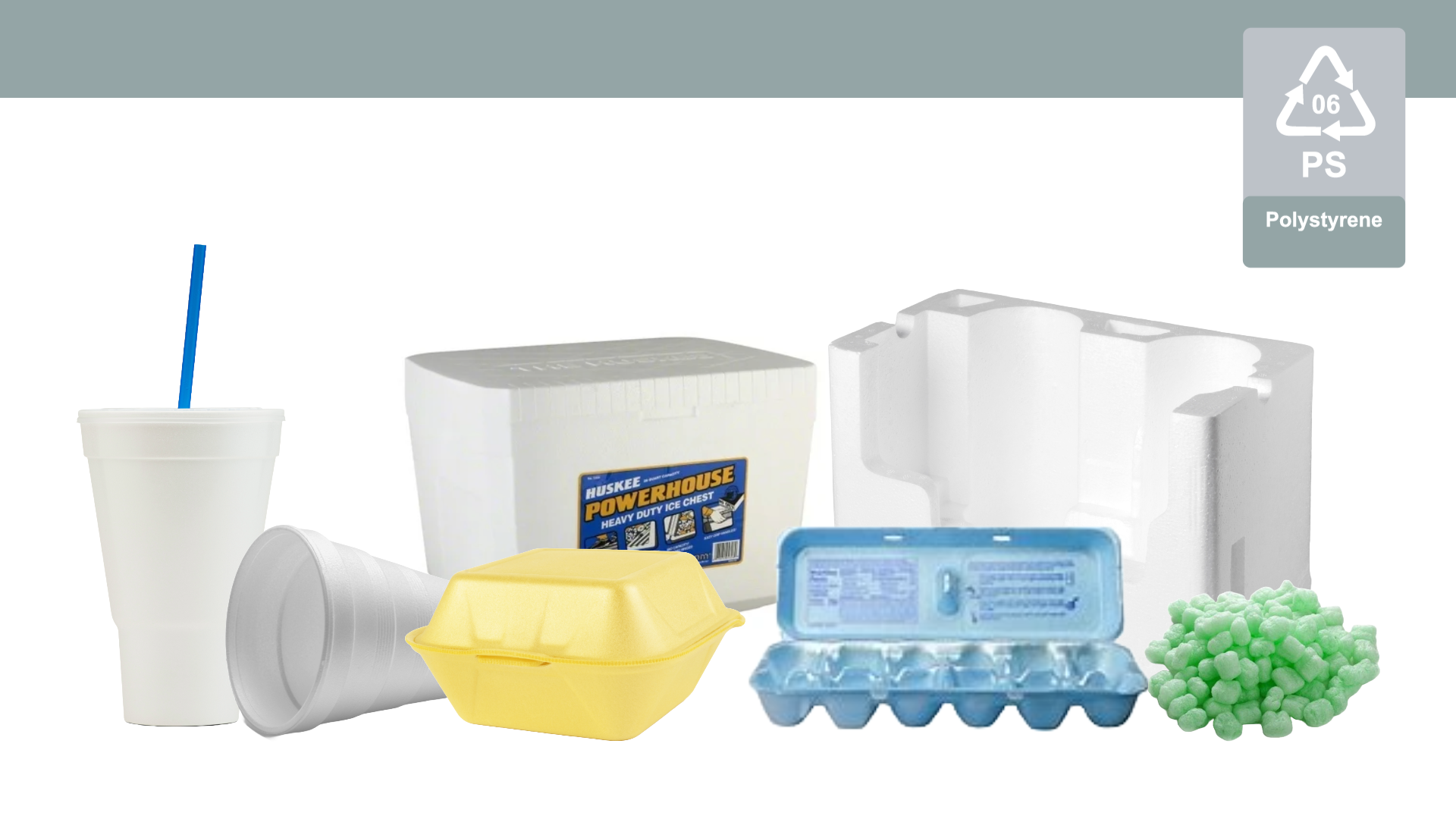
7. OTHER
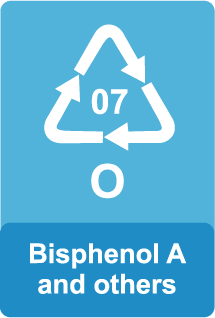
Other:
- Chemical Structure: Encompasses a variety of plastics not classified under the previous categories.
- Characteristics: Diverse, including materials like polycarbonate and bioplastics. The #7 code is a catch-all category for various plastics that sometimes contain toxic chemicals like BPAs and may not be as easily recyclable. This "other" category includes a range of different materials with different properties.
DOES IT GO IN MY BLUE RECYCLE BIN?
NO
